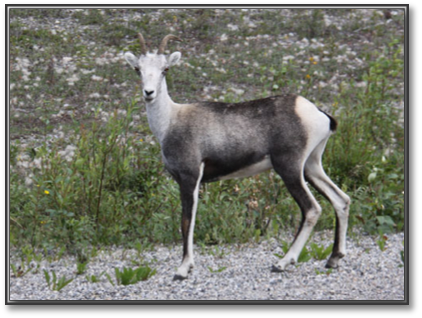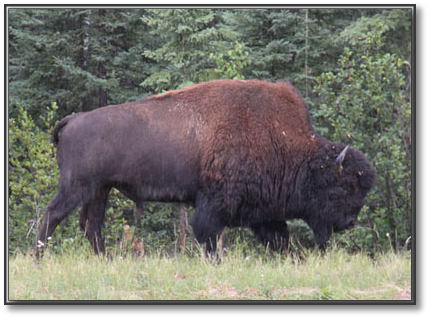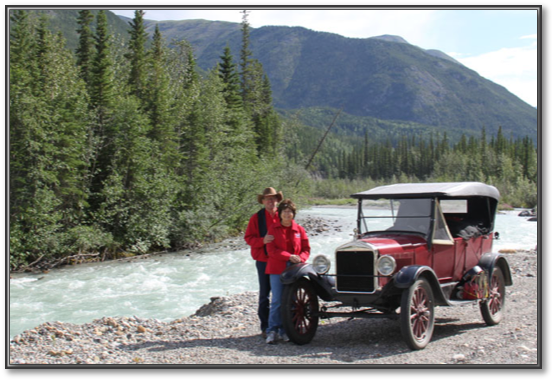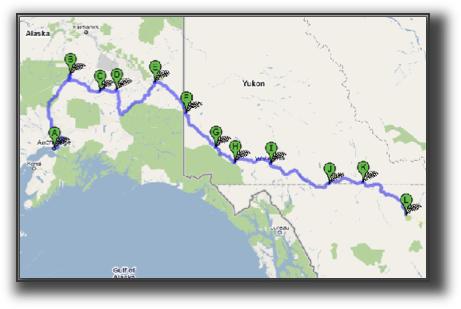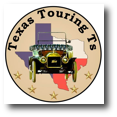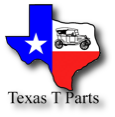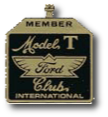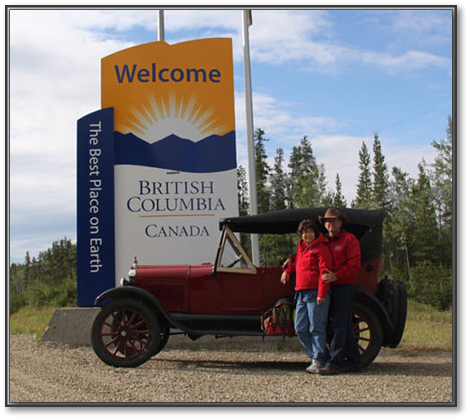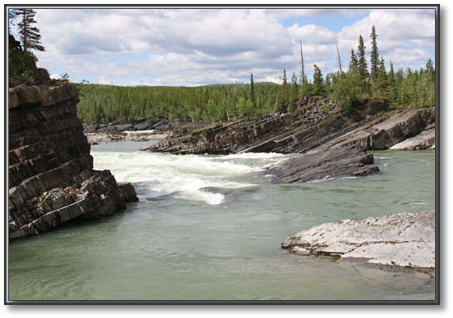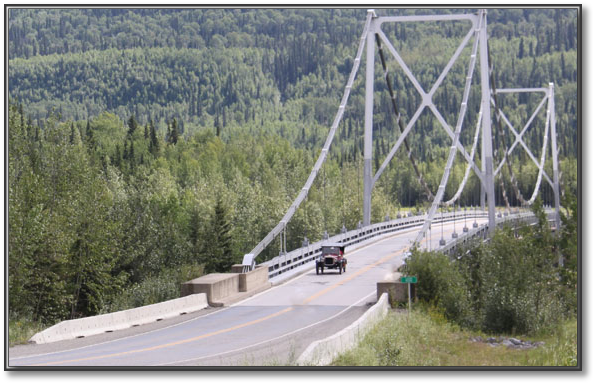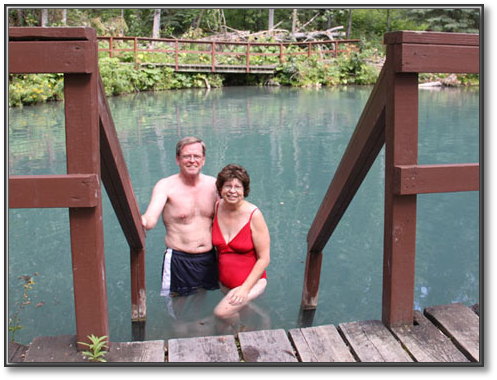|
Watson Lake, Yukon Territory to Muncho Lake, British Columbia
|
Miles Driven Today:
169 miles
Total Miles of Trip:
1,475 miles
Hours on the Road:
8:15 hours
Started At:
8:50 am
Stopped for the Day:
5:05 pm
We ate a quick breakfast in our room at Watson Lake but it was still nearly
9:00am before we got underway. Our drive to Muncho Lake was a little longer than we had been travelling in a
day’s time and we wanted to be sure we could stop when we saw something interesting.
We stopped at the “Welcome to British Columbia sign” and stopped again to take a
Driving it Home
Montana Majestic Mountain T Tour
On The Road Again
Yellowstone then Home
Links to the Sponsors of this site.
